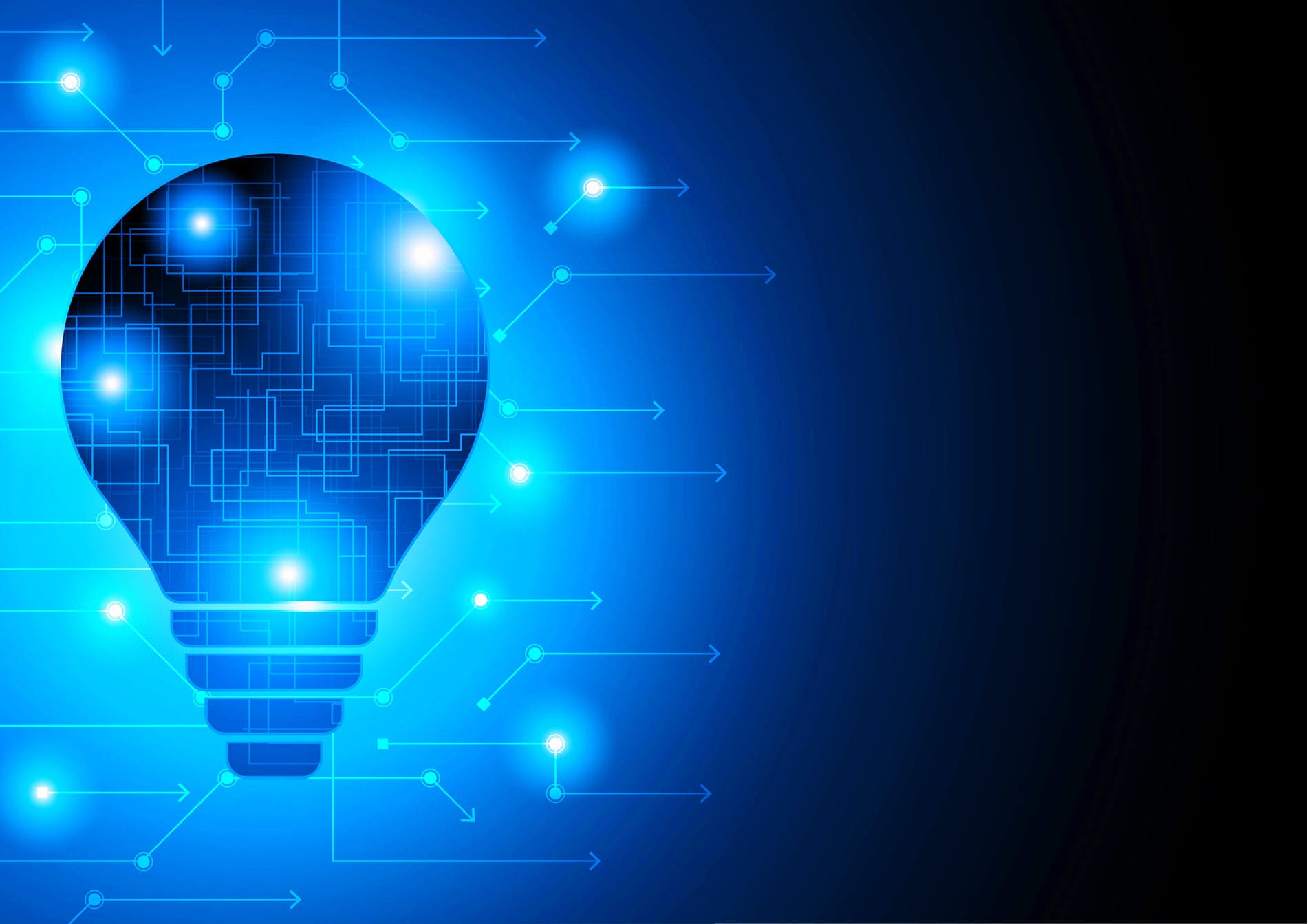
The burgeoning artificial intelligence (AI) sector received a boost late last year with President Biden’s “Executive Order on the Safe, Secure, and Trustworthy Development and Use of Artificial Intelligence.” It directed the U.S. Patent and Trademark Office (USPTO) to “publish guidance to USPTO patent examiners and applicants addressing inventorship and the use of AI, including generative AI, in the inventive process,” as part of a set of policies and principles focused on “[p]romoting responsible innovation, competition, and collaboration will allow the United States to lead in AI and unlock the technology’s potential to solve some of society’s most difficult challenges.”
Given the explosive growth in AI and ongoing debates relative to intellectual property rights surrounding AI-generated output, the USPTO’s response was greatly anticipated. Now the agency has issued examiner guidance in response to the President’s executive order that may have a positive outcome on the patentability of some AI-based inventions.
While the USPTO’s prior determination that AI cannot itself be an inventor has been upheld as described below, the new guidance does make clear that inventions that involve AI, including generative AI can be patented: determination of inventorship for AI-assisted inventions needs to focus on human contribution. To assist determining proper inventorship, according to the new guidance, the USPTO offered a “non-exhaustive list of principles that can help inform the application of the Pannu factors in AI-assisted inventions:”
The guidance indicated that it applies equally to utility, design, and plant patents and patent applications. Furthermore, the guidance provided that while “[d]etermining whether a natural person’s contribution in AI-assisted inventions is significant may be difficult to ascertain, … there is no bright-line test.”
Although the guidance aims to promote consistent analysis and treatment of the determination of inventorship for AI-assisted inventions and its impact on patentability by the public and USPTO employees, “it does not have the force and effect of law.”
Recent USPTO decisions regarding inventorship, later upheld in U.S. District Court, signaled that under the current reading of U.S. patent laws, inventorship is limited to natural persons. On appeal, in Thaler v. Vidal (Thaler), the Federal Circuit affirmed, holding “only a natural person can be an inventor, so AI cannot be.” Reasoning that when the term “individual” is used in statutes, it ordinarily means a human being, and in the Patent Act, language supports the conclusion that an “individual” means a natural person. Thus, the court found that because an “individual” must mean a natural person, by extension, an inventor or joint inventor must be a natural person, and therefore, patent applications naming a machine as an inventor or joint inventor are considered to have “improper inventorship.”
Importantly, while Thaler provided that inventorship is limited to natural persons, the guidance indicates that where a natural person significantly contributes to the claims of an invention created with the assistance of AI, the assistance by an AI system does not preclude the natural person from qualifying as an inventor.
Artificial Intelligence systems, including generative AI, continue to play a greater role in innovation and technological processes. In view of the new USPTO guidance, in some cases there may be a path to patentability for AI-assisted inventions. Feel free to contact any member of Procopio’s patent team with questions on this important topic.
Patrick Ross, Senior Manager of Marketing & Communications
EmailP: 619.906.5740
Suzie Jayyusi, Events Planner
EmailP: 619.525.3818